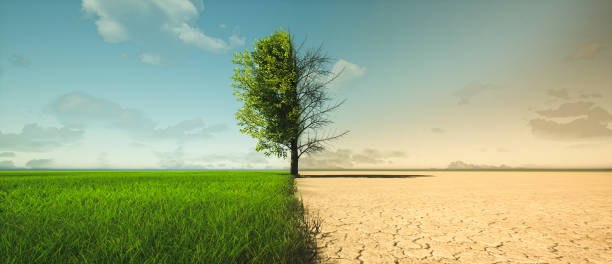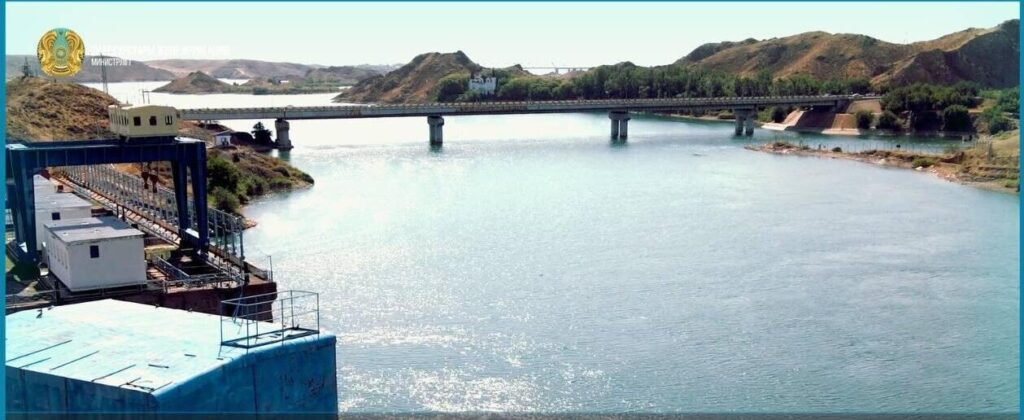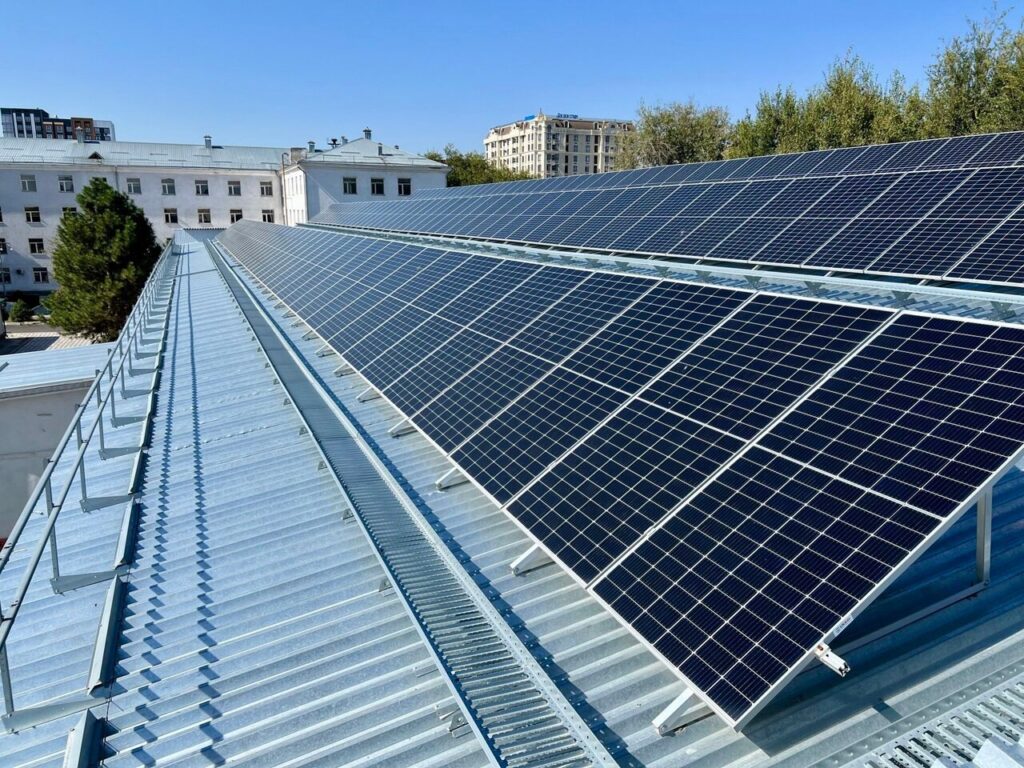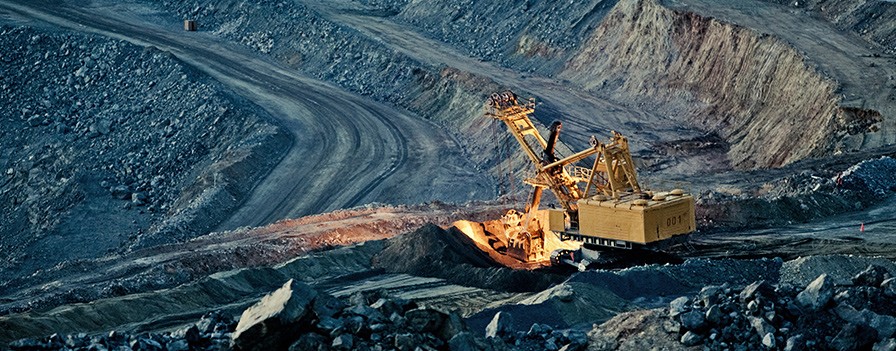Between 11 and 22 November, the 29th Conference of the Parties (COP29) to the United Nations Framework Convention on Climate Change (UNFCCC) will take place in Baku, Azerbaijan. In the run-up to this global event, Central Asian countries have been continuing their integration into the cooperative implementation of the global energy and environmental agenda. Such measures include, but are not limited to, commitments to reducing methane emissions, contributions to green supply chains, and — for Kazakhstan in particular — its nuclear policy based on multi-vector diplomacy.
One may anticipate their especially enhanced presence in view of the fact that several them have strategic-partner relations with Azerbaijan, which is cooperating with them also in the implementation of the Trans-Caspian International Trade Corridor (TITR or “Middle Corridor”). The Central Asian states are using their implementation of global energy and environmental priorities as an instrument to integrate further into the international system. Following their participation at COP28 (30 November – 23 December 2023, in Dubai, United Arab Emirates), all five of them signed the Global Methane Pledge to reduce methane emissions by at least 30% by 2030.
They have also stepped up their contributions to green supply chains, signalling their ambitions to become more important players in global geoeconomics. At the same time, these initiatives also seek to promote domestic economic diversification. Kazakhstan, in particular, continues to play a central role with its multi-vector approach, notably in the nuclear energy sector, positioning itself at the intersection of sustainability and global energy security. Kazakhstan holds 12% of global uranium reserves. It became the world’s leading producer in 2009 and in 2022 accounted for 43% of global production. In Central Asia, Uzbekistan has a Rosatom-sponsored NPP project under way, as does Kyrgyzstan.
Along with Kazakhstan, Uzbekistan and Turkmenistan in particular actively engaged in discussions on climate policy at COP28, acknowledging the need to balance their resource-rich economies with global sustainability goals. One of the key outcomes was the region’s collective involvement in the Global Methane Pledge. Global environmental policy bodies have assessed that methane emissions are a significant concern for global climate policy.
The effect of this assessment will be to load still greater financial burdens on oil and gas companies by making development of hydrocarbon deposits, and the transmission of hydrocarbon resources to market, more expensive. Kazakhstan’s commitment to cutting methane emissions by 30% by 2030 exemplifies this shift, signalling a readiness to reform domestic industries in line with global climate targets. Turkmenistan has the highest methane emissions intensity in the region, but challenges remain in terms of monitoring and implementation.
Uzbekistan’s leadership was also highlighted at COP28. The country’s ambitious plans to scale up solar and wind energy by 2030 align with broader regional goals of reducing dependence on hydrocarbons. This is Tashkent’s (and the region’s) way of enhancing their profile as “good global citizens” as policy decisions by political bodies at the international level increasingly emphasize decarbonization. Uzbekistan has made strides in “green supply chains” by focusing on the renewable energy sector as a driver for sustainable industrial development. This aligns with President Shavkat Mirziyoyev’s broader economic modernization agenda, which sees renewable energy as a pathway to enhance regional cooperation and economic integration while reducing environmental harm.
In addition, Central Asia is emerging as a key player in the global shift toward green energy not only through its potential for renewable energy production, but also due to its wealth in rare earth elements (REEs). Here, Kazakhstan leads the way with over 56 identified deposits of REEs, including vital materials like lithium and cobalt, which are essential for battery technologies in renewable energy systems. With reserves exceeding 450,000 tons, Kazakhstan is set to become a major supplier for the growing green tech industry. Kyrgyzstan and Tajikistan, which may possess substantial undiscovered REE deposits, are also getting growing attention.
Beyond methane pledges, Central Asia’s contribution to the development of green supply chains has emerged as another key element of its integration strategy. Kazakhstan has been at the forefront of these developments, with projects such as the implementation of the Trans-Caspian International Transport Route that can bring green metals to market. This involves the construction of new segments as well as the modernization of existing infrastructure. This route connects China to Europe via Central Asia and the Caspian Sea, and it will continue to play an increasingly critical role in global logistics and trade.
It is expected that investments in eco-friendly transport systems and renewable energy infrastructure along the corridor will be targeted at minimizing and reducing carbon emissions. The Northern Corridor (i.e., through Russia) has faced infrastructure bottlenecks that can slow down transit times and increase emissions. The Middle Corridor offers also carbon-related advantages over the Northern (i.e. Russian) corridor. Longer distances and potential delays caused by border crossing issues and geopolitical instability can also make the Middle Corridor less carbon-inefficient than the Northern Corridor.
A notable outcome of the Central Asian states’ increasing cooperation was the adoption of the “Regional Strategy for Climate Change Adaptation” at the Central Asia Climate Change Conference held in Almaty, Kazakhstan, in May 2024. This conference brought together national governments, regional entities, and international actors to foster collaboration and share best practices for climate adaptation. It outlines cooperative measures among the five Central Asian nations to tackle climate impacts until 2030.
Kazakhstan’s multi-vector energy policy, a cornerstone of its foreign and domestic strategy, remains pivotal to the region’s engagement with the global system. President Kassym-Jomart Tokayev’s government has adeptly navigated the complexities of balancing relations with global powers — Russia, China, the U.S., and the EU — while advancing its energy security through a diversified approach.
A key element of this strategy is Kazakhstan’s leadership in nuclear energy. As the world’s largest producer of uranium, Kazakhstan has leveraged its resources to not only secure its energy future, but also to contribute to global nuclear energy supply chains. The country has built a sophisticated nuclear fuel cycle, from uranium mining to enrichment, positioning itself as a reliable partner for countries looking to develop low-carbon nuclear energy.
The shared challenges of water management, pollution control and sustainable resource use have prompted countries in the region to engage in multilateral initiatives supported by international actors, such as the United Nations and the European Union. Regional collaboration on projects such as the management of the Aral Sea basin and efforts to mitigate desertification will continue to become increasingly prominent.








